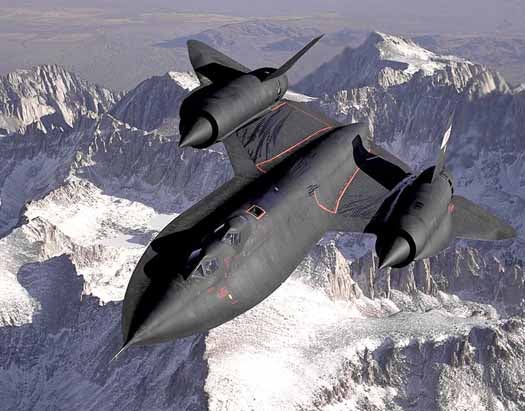With the Space Shuttles Retiring, Mankind is Slowing Down For The First Time in Centuries
Anyone who has seen the grim images of a crumbling Detroit circulating the Internet, or watched another so-called “Sputnik moment”...

Anyone who has seen the grim images of a crumbling Detroit circulating the Internet, or watched another so-called “Sputnik moment” wander idly by with nothing but lip service from our leaders, may feel that we aren’t exactly pushing boundaries like we used to. But in a beautiful eulogy for an era of bygone glory, the WSJ has hit upon a point that’s particularly sobering: for the first time in centuries, humanity is quite literally slowing down.
At nearly 25,000 miles per hour, Apollo 10 holds the record for the fastest manned vehicle ever, a record set during its return from the moon in May of 1969. It was the height of the space race–a term that in itself promoted speed as a national virtue–but while America’s moon landing two months later during Apollo 11 would be largely remembered as the crowning scientific (and in many respects military) achievement of the Cold War, there were many envelope-pushing high-speed spectacles that preceded it.
For instance, Chuck Yeager broke the sound barrier in an experimental X-1 rocket plane, marking the first of many speed and altitude records that would be broken by X-series rocket planes funded and flown by NASA and the Air Force for no real reason other than to see how fast and high we could go.
These led to the development of arguably the baddest jet aircraft of the era and of any era since, the SR-71 Blackbird, which went where it wanted whenever it wanted at speeds touching Mach 3.2 and altitudes above 85,000 feet. Likewise, the Concorde jet pushed the high-speed boundaries for civilian intercontinental travel, topping Mach 2 and allowing passengers to board a plane in London and land in New York at an earlier hour than the one in which it departed.
All of these aircraft have one thing in common: they don’t fly anymore. And in June, the fastest reusable manned vehicles ever constructed, the Space Shuttles, will cease to fly as well. We still have some amazing hardware in the sky–the unmanned X-37 spaceplane and DARPA’s hypersonic HTVs come to mind–but sadly her historically up-trending top speed seems to have plateaued. And when the shuttles retire, it’s unclear when humankind will push the speed limits of manned travel again.